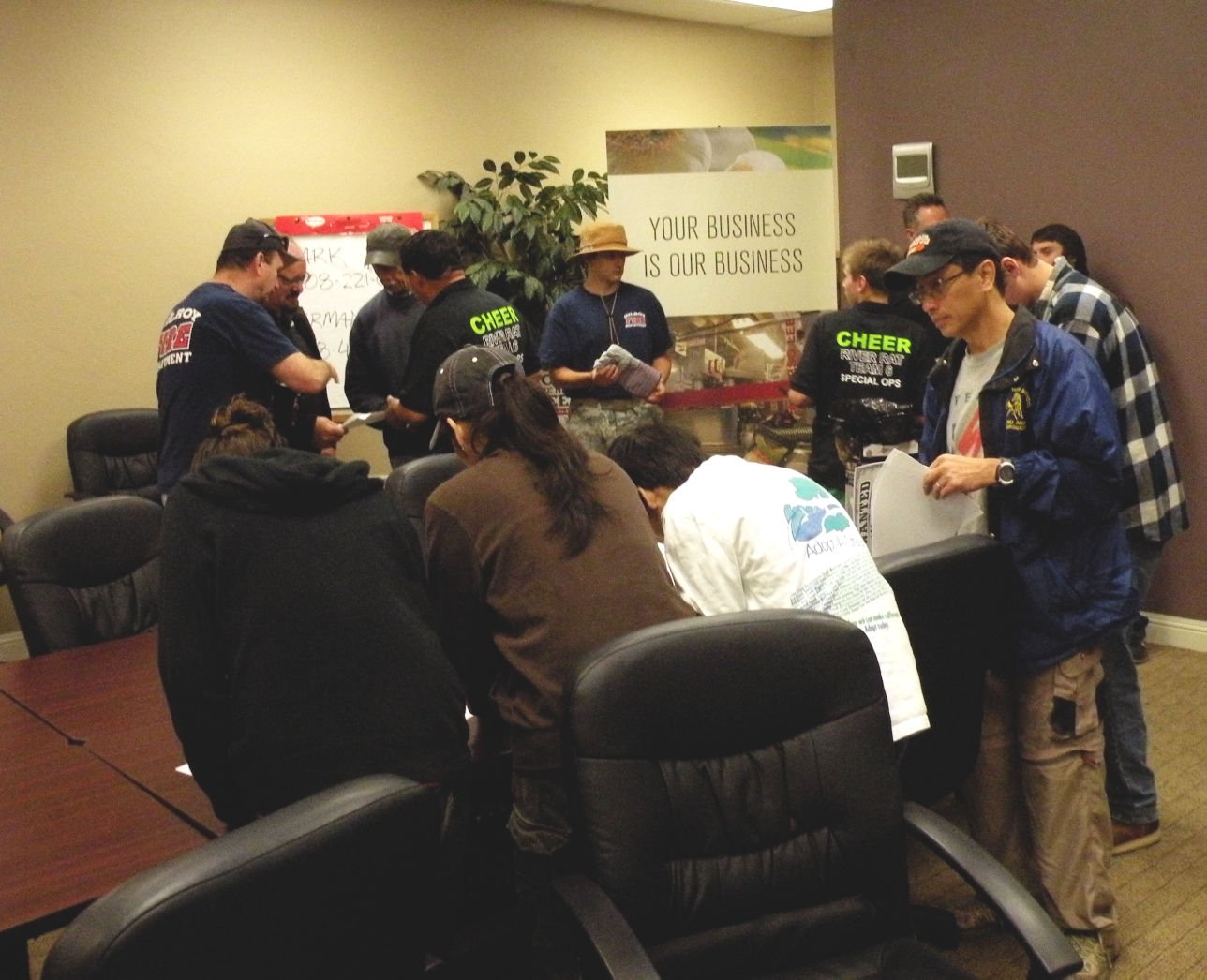Measure would limit homes on hillside property to four per 160
acres, current maximum allowed is eight on ranch property
San Jose – Both sides agree. No issue on the Nov. 7 ballot has polarized voters like Santa Clara County’s Measure A.
Depending on who you talk to, the grass-roots measure would protect or destroy the future of Santa Clara Valley farming. Depending on which brochure you read, the initiative would strengthen environmental goals previously set by the county’s general plan – or strip rural land owners of their property rights. It could save tax dollars by curtailing sprawl, it could shrink revenues by reducing developers’ fees.
Proponents of Measure A have been called “Palo Alto elitists.” Opponents, among them the Santa Clara County Farm Bureau, the Santa Clara County Cattlemen’s Association and the Wine Growers of the Santa Clara Valley, complain of being cast as “dumb farmers” who don’t know what’s best for them.
Did anyone expect the name calling?
“It’s really a shame,” said Michelle Beasley, Greenbelt Alliance’s South Bay field representative. “We didn’t expect (Measure A) to upset, shock and polarize people. Farming is a huge asset to the community (in terms of producing) food, keeping land rural and lowering sprawl.”
But farmers have been a significant part of the opposition to Measure A since May, when a coalition of environmentalists called People for Land and Nature (PLAN), with offices in Palo Alto and San Jose, submitted 62,000 signatures to qualify their land-use initiative for the ballot. Organizations backing PLAN include the California League of Conservation Voters, the Committee for Green Foothills, the Sierra club and a couple dozen other groups.
The bottom line for many backers of Measure A is promoting “smart growth,” by directing future housing developments into existing cities.
The worst case scenario, Beasley said, would be letting hillsides end up like “Daly City” or “South San Francisco” in 30 years, as the Bay Area’s population is projected to grow by 1.7 million people by 2030.
But if it passes, Measure A would reduce, among other things, the number of homes that can be built in unincorporated rural areas zoned as ranchlands or hillsides – a restriction that makes land owners’ hair stand on end. And, it might conflict with California’s Proposition 90, which if passed would require governments to compensate private property owners for devaluation of their land caused by new zoning laws.
Measure A asks voters to limit homes on hillside property to four per 160 acres (the current maximum allowance is eight) and one home for every 160 acres of ranch property. Though the initiative’s aim is to strengthen protections of streams, wildlife habitats and woodlands by limiting what proponents call harmful land uses, many rural residents say they’re already stewards of the environment.
“I’m surprised” at the divisiveness over the issue, said Doris Cooper of Cooper Garrod Vineyards and Garrod Farms, a 120-acre operation in the hills outside of Saratoga. “We have common goals … we don’t want the valley to be paved over … if we don’t protect the watershed, we’re out of business. But this measure would limit what we could do with our land. Agricultural businesses need to adapt to stay lively.”
Cooper said Measure A’s restrictions would keep future generations of her family from building more homes on their land.
It’s a common argument against the initiative, but environmentalists say Cooper and others aren’t reading the fine print. If Cooper is correct in saying her land is spread across 12 parcels, those parcels would be “grandfathered in” if Measure A passes, allowing for a maximum of 12 houses.
“Measure A is essential for the long-term health of our county,” said former San Jose Mayor Susan Hammer, speaking at a PLAN press conference Monday in San Jose. “Our opponents have been stretching the truth.”
But other foes say Measure A’s restrictions would prevent future small farms, vineyards and ranches. Most of the county’s existing farms are less than 10 acres in size, while Measure A would limit future hillside subdivisions to 40 acres.
“If we have restrictions like this, and someone wants to start a new winery, Measure A would not be friendly to that,” said Jenny Derry, director of the Santa Clara County Farm Bureau.
Clarence Stone, chairman of the 780-member Santa Clara County Hillside Association, said his plans of opening a winery on 25 acres adjacent to Villa Montalvo by Saratoga would be jeopardized by Measure A because, among other things, it would require most grapes originate within the county.
But, Stone’s mostly upset over how Measure A was put together, saying it was done “behind closed doors” unlike the county’s recently adopted viewshed ordinance, which was hammered out in public forums for more than a year before supervisors adopted it in August.
“There’s not a lot of farming up in Palo Alto,” Stone said. “(PLAN) never consulted with the hillside association.”
Derry, who was at Monday’s “Yes on Measure A” rally with a brigade of her fellow opponents, said PLAN has implied in letters to the editor that farmers are “in the pocket of big developers.”
But records show real estate firms have contributed more than $300,000 to the “No on Measure A” campaign, while many more smaller donations have come from farmers and other individuals. Derry said the large donations were made to protect private property rights – a common objective of Realtors.
The “No on A” campaign raised more than $620,000 this year through Oct. 21; PLAN raised more than $709,000. In the final week before the election, both groups are airing TV ads, sending out mailers and walking precincts.













